In the realm of email management, two popular players stand out: Superhuman and Gmail. While they both aim to improve users' email experiences, the email apps have distinct approaches and target different markets.
In this article, we'll delve into the comparison of Superhuman and Gmail, exploring their unique features, user feedback, and pricing to help you understand their strengths and make an informed decision about which email platform suits you best.
Superhuman is a specialized, premium email service that focuses on speed, efficiency, and helping users achieve Inbox Zero. Its lightning-fast email experience, with a response time of just 32ms, sets it apart from traditional email providers and clients.
The app is meticulously designed to help users process emails, respond quickly, and reduce email-related anxiety.
Key superhuman features include the split inbox, customizable keyboard shortcuts, snippets for quick replies, and a clean user interface that promotes focus.
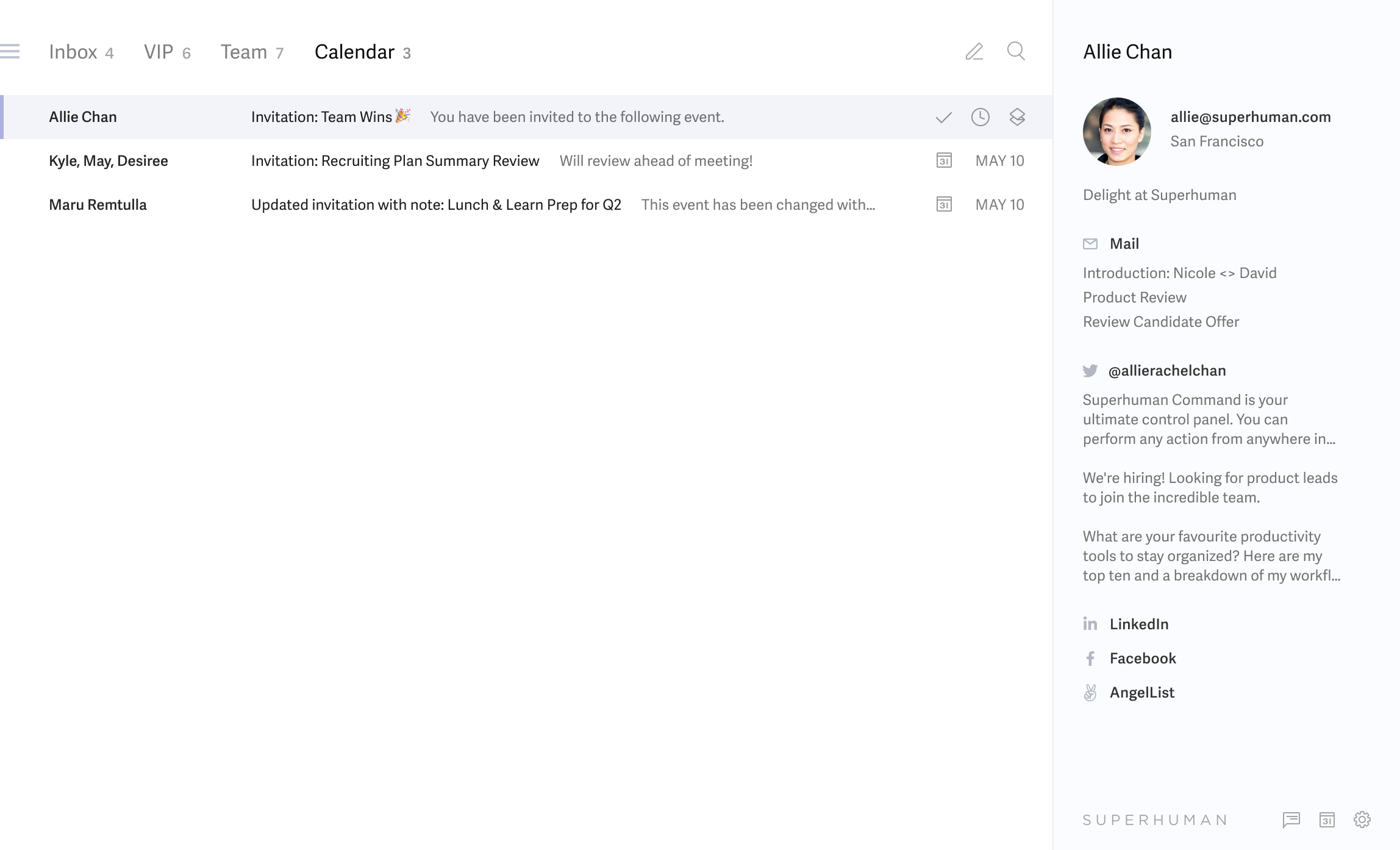
User testimonials laud Superhuman's transformative impact on email management. Many users achieve Inbox Zero within hours of starting, and its split inbox feature is highly praised for streamlining email organization.
Gmail, on the other hand, is a widely used email service that aims to democratize email access. With almost 30% market share, Gmail is a free and easy-to-use email client that appeals to individuals, businesses, and organizations of all sizes.
It integrates seamlessly with Google Workspace (formerly G Suite), offering access to a suite of productivity tools like Google Docs, Sheets, and Meet.
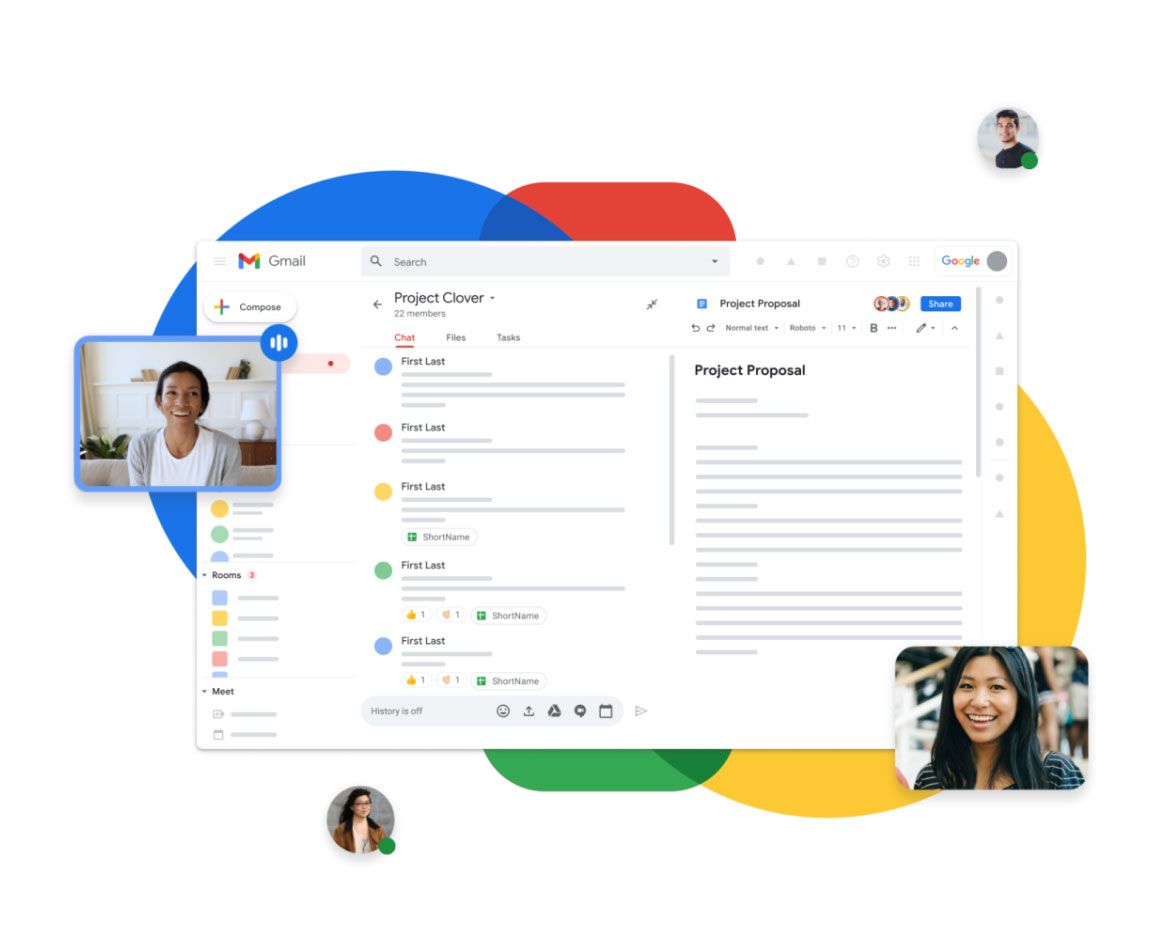
Gmail's strength lies in its integrations with various third-party apps, making it a versatile choice for email app users who need to connect their email with other software tools.
Additionally, Gmail offers more advanced features, like advanced settings, integrations with add-ons, and the app has recently added an appointment scheduling feature.
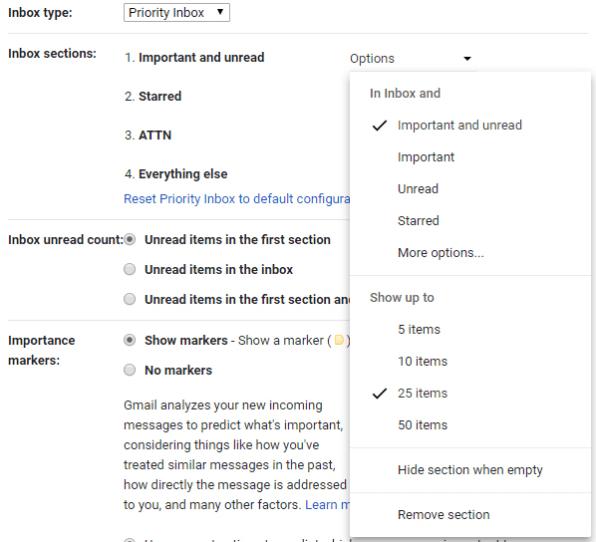
Fundamentally, Superhuman and Gmail are different at their core.
Superhuman's email app is a specialized, premium service with a strong focus on providing the fastest email experience and optimizing productivity. It does this through the use of keyboard shortcuts, universal search, a unified inbox, and more.
In contrast, Gmail caters to a broader audience, offering basic email services (vanilla Gmail) and integration with the Google Workspace suite. This entails the use of Google Mail, Google Calendar integration, limited keyboard shortcuts, Docs, Sheets, messages (via Gmail's chat feature), and more!

Superhuman is an email client, while Gmail is considered both an email client and an email provider because of its robust functionalities. To clarify, an email client can enforce particular rules and actions for tasks such as deleting, archiving messages, or organizing emails in threads.

Conversely, an email provider (such as Gmail, Outlook, or Yahoo) handles the technical aspects of sending and receiving emails.
This is why, when comparing the two, it's not like comparing apples to apples, or even apples to oranges. It's more like comparing a plum with a pluot (a plum + apricot hybrid).
Superhuman sits on top of Gmail as the underlying email provider, yet Gmail offers stand-alone organizational functionality that allows it to act as both an email client and an email provider.
So while Superhuman needs Gmail to function, Gmail does not need Superhuman to function, though users wanting advanced organizational and productivity features would certainly pair the two.
In terms of speed and efficiency, Superhuman excels with its quick response time and split inbox feature, which allows users to organize their inbox based on specific types of emails.

On the other hand, Gmail may sometimes face issues with slowness, especially when processing a large, high volume amount of emails.
Both platforms offer integration with third-party mail apps, but Gmail's vast marketplace of add-ons allows users to tailor their email experience to their specific needs.

However, this comes with the potential risk of security vulnerabilities and interference between different add-ons.
Superhuman receives high praise for its speed, efficiency, and transformative impact on email management. Users appreciate its focus on delivering a clutter-free and intuitive email experience.
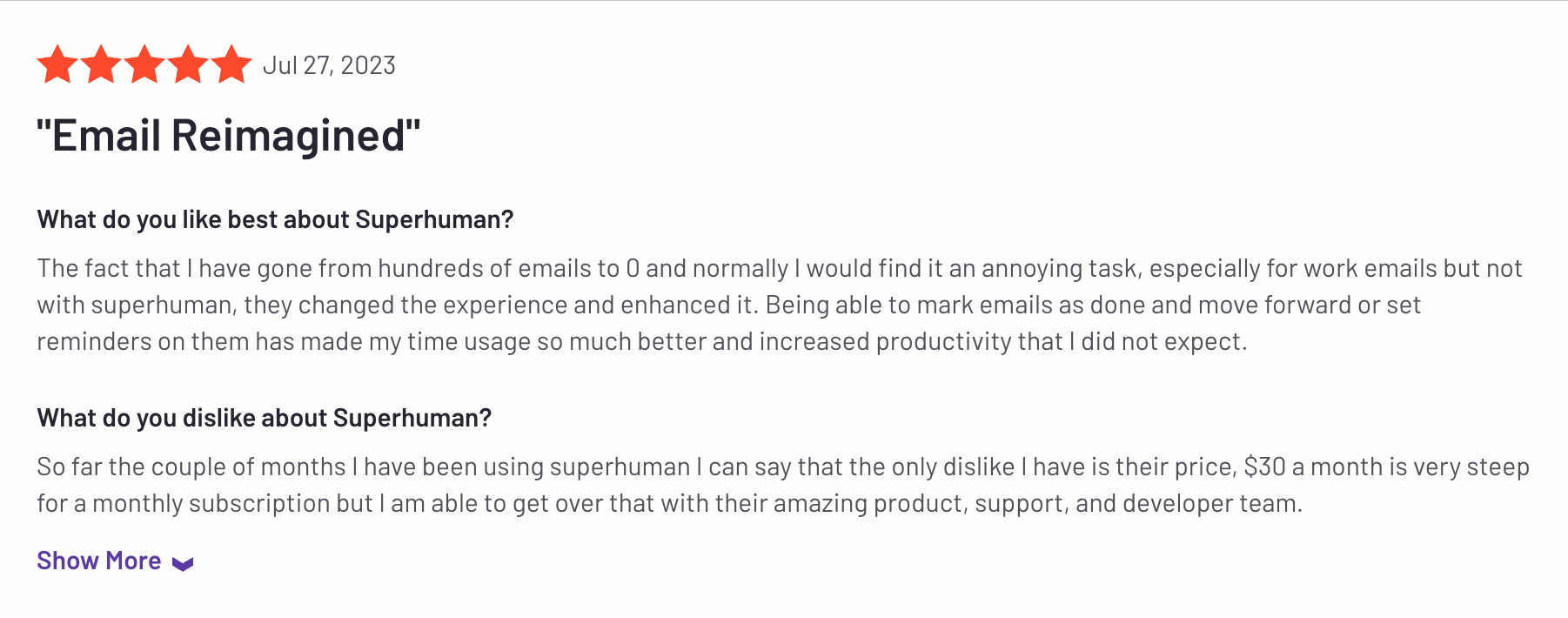
In contrast, Gmail's user satisfaction is more mixed, with some users highlighting its slow performance and crowded interface with unnecessary widgets.
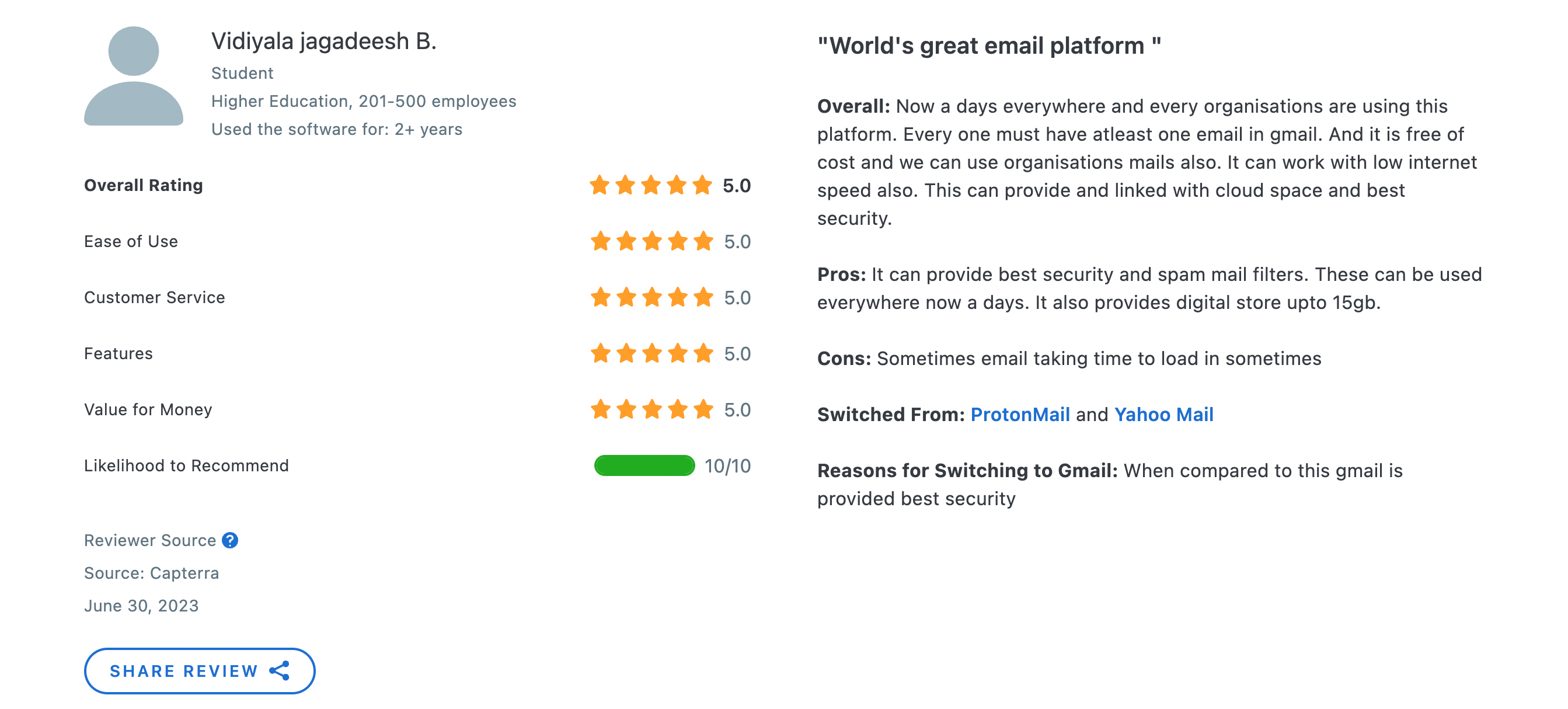
Google Workspace plays a crucial support role in the relationship between Superhuman and Gmail.
While Superhuman remains independent of Google Workspace, users can integrate both platforms for a more comprehensive productivity suite.
This compatibility allows users to leverage the strengths of both services, while saving time and enhancing their email and calendar productivity management.
Superhuman targets power users, professionals, and those seeking a transformative email experience, while Gmail caters to a wider audience with its free and accessible email service.
Their target markets and unique offerings make them competitors in some aspects, but teammates when users combine them with Google Workspace.
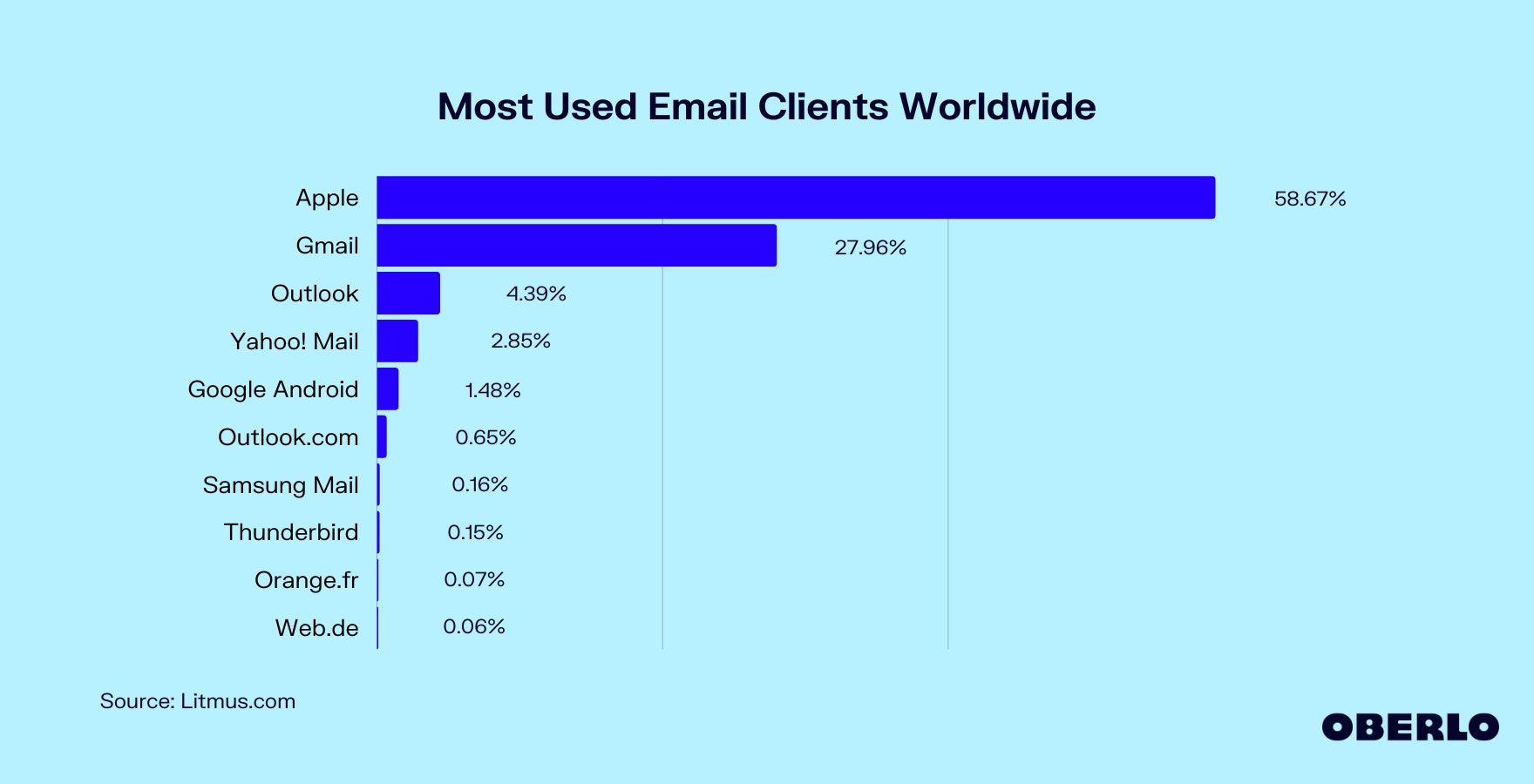
Superhuman and Gmail take different approaches to cater to their respective user bases in regards to pricing.
Gmail offers a free version that allows users to create a Gmail account and access its basic email services. This free version is suitable for individuals and small businesses with simple email needs.
However, Gmail also offers a paid version called Google Workspace (formerly G Suite) that provides additional features and integrations. Google Workspace plans start at $6 per user per month and includes enhanced storage, custom email addresses with your own custom domain name, and access to other Google apps like Google Drive, Google Calendar, and Google Meet.

Alternatively, Superhuman positions itself as a premium email client aimed at power users and professionals seeking a fast email experience and advanced productivity features.
The pricing model for Superhuman is a monthly subscription plan costing $30 per user per month. While the price may seem steep compared to free alternatives, Superhuman's lightning-fast performance, intelligent features, and efficiency-focused design justify the premium.
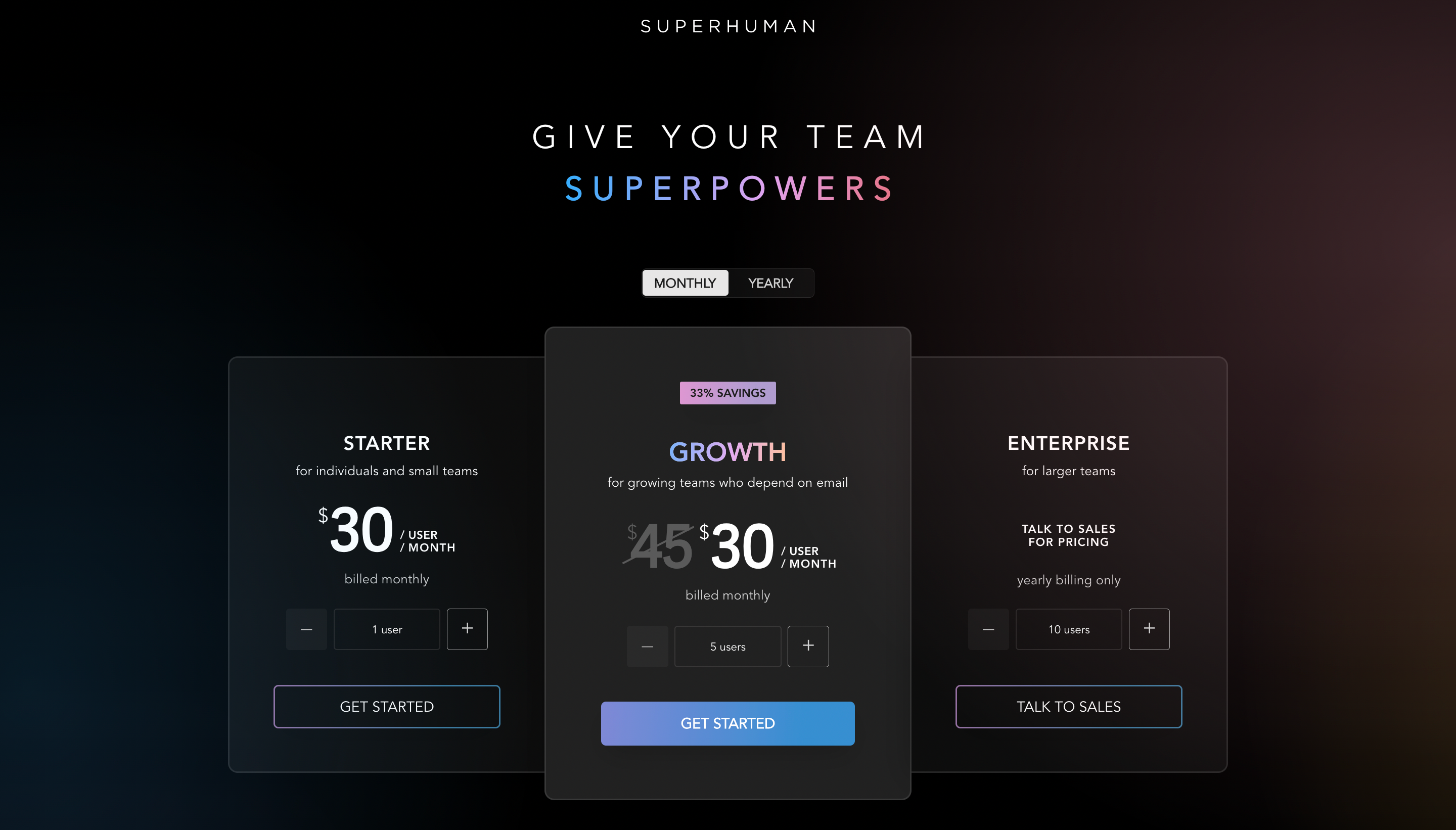
It's important to note that Superhuman doesn't offer a free version or trial, which could be a drawback for those who prefer to test a service before committing to a subscription. However, Superhuman does provide a 14-day, money-back guarantee, allowing users to explore the the email software platform's capabilities and determine if it aligns with their email management needs within the initial period.
Ultimately, the choice between Superhuman and Gmail depends on individual preferences and needs. Users seeking an incredibly fast email experience and enhanced productivity may opt for Superhuman, while those valuing integrations and a familiar interface may stick with Gmail.
Combining both platforms with Google Workspace offers a powerful solution for users seeking a tailored email and productivity suite.
Also, we'd be remiss in not mentioning a worthy opponent, Tatem. Like Superhuman, it sits on top of Gmail to provide a faster, more streamlined email management experience.
But unlike either Superhuman or Gmail, it's intelligent inbox and unrivaled user experience make it an option worth considering.
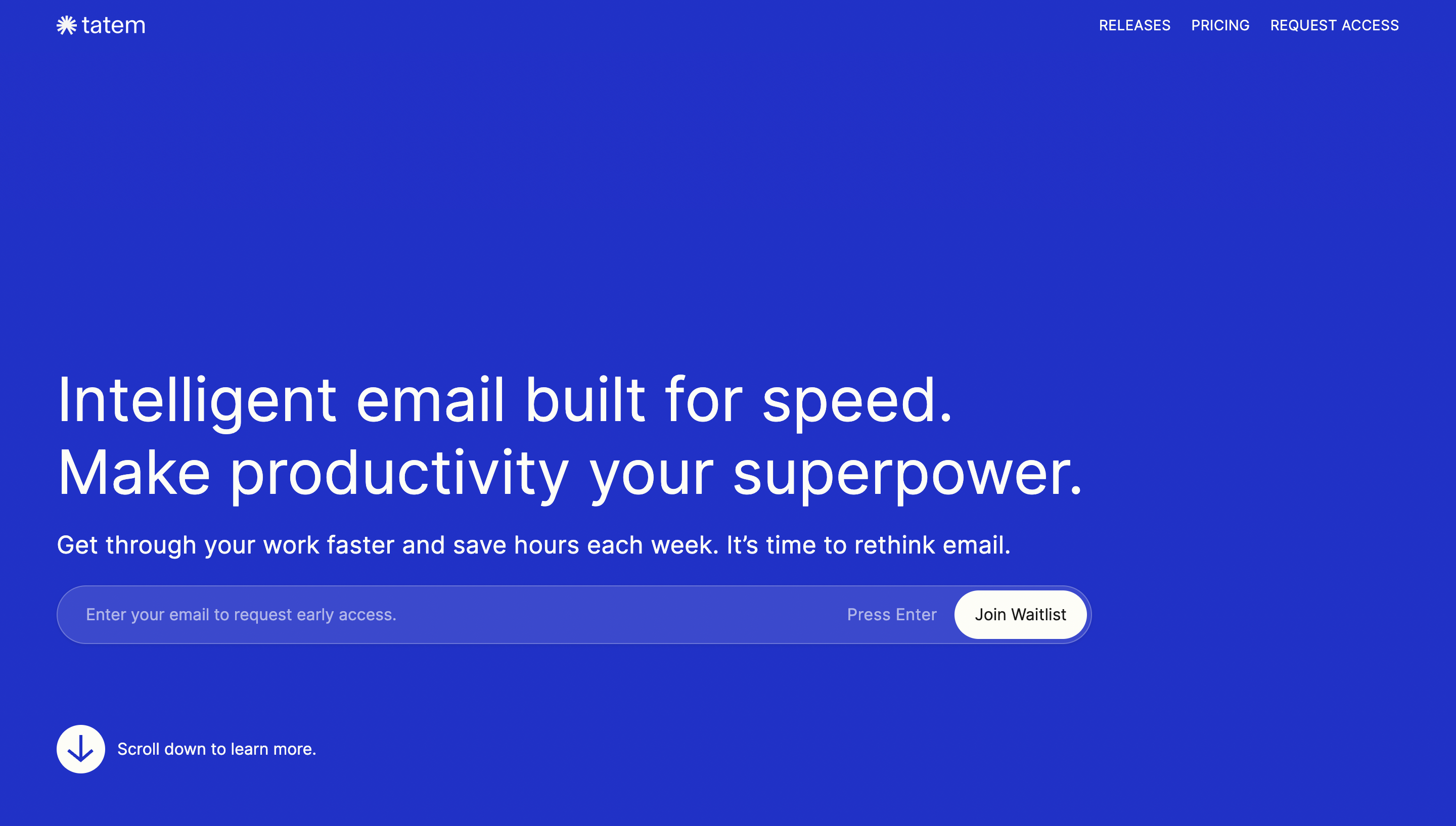
Superhuman, Gmail, and Tatem are distinct players in the email management space, each with its own strengths and target markets.
While Superhuman excels in providing a transformative email experience, Gmail's widespread use and integrations make it a versatile choice for various users.
Meanwhile, Tatem offers a user experience like no other email app, with keyboard shortcuts and an AI-powered inbox.
The compatibility with Google Workspace further enhances the combined potential of either Superhuman or Tatem, offering users a comprehensive email and productivity solution.
Users are encouraged to evaluate their email management needs and priorities to make an informed decision between Superhuman, Tatem, Gmail, or some combination of the twoe in tandem with Google Workspace.